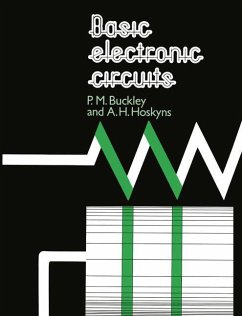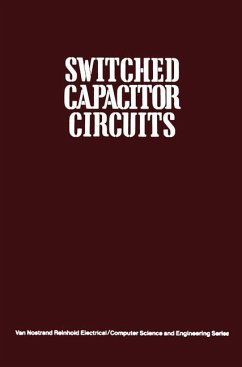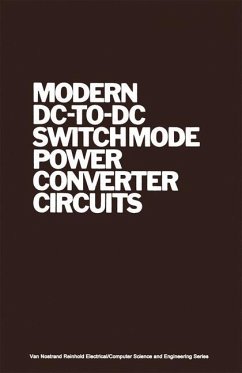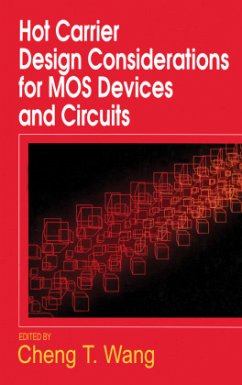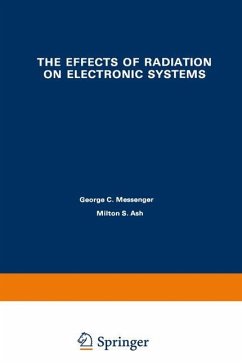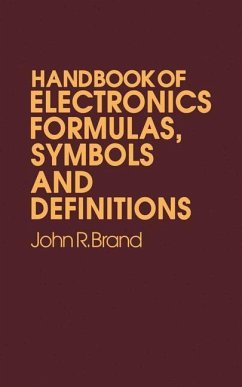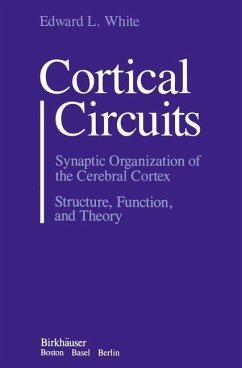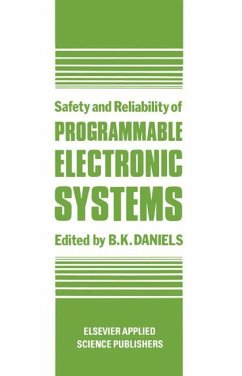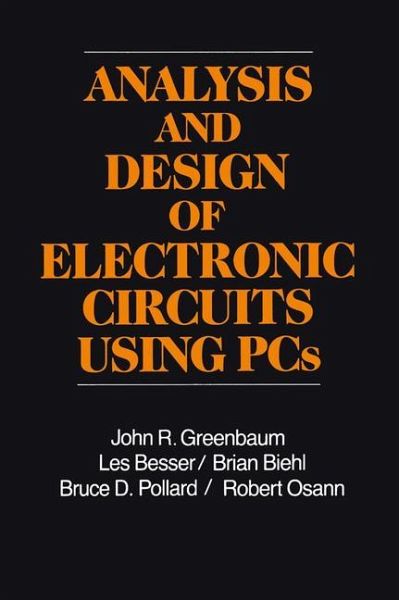
Analysis and Design of Electronic Circuits Using PCs
Versandkostenfrei!
Versandfertig in 6-10 Tagen
38,99 €
inkl. MwSt.

PAYBACK Punkte
19 °P sammeln!
Since the mid 1960s, the digital computer has been used as a design tool by electronic circuit designers. Computer software programs called ECAP' and 2 SCEPTRE were among the earliest circuit analysis codes to gain general acceptance by the design community. These programs permitted circuit perfor mance to be simulated for small-signal frequency responses, dc operation points, and transient responses to varying input stimulii. Unfortunately, accessability to programs such as these by the design community of that era was quite limited since they could be used solely on large, expensive mainfram...
Since the mid 1960s, the digital computer has been used as a design tool by electronic circuit designers. Computer software programs called ECAP' and 2 SCEPTRE were among the earliest circuit analysis codes to gain general acceptance by the design community. These programs permitted circuit perfor mance to be simulated for small-signal frequency responses, dc operation points, and transient responses to varying input stimulii. Unfortunately, accessability to programs such as these by the design community of that era was quite limited since they could be used solely on large, expensive mainframe computers. Only a fraction of the circuit designers at that time were employed by companies large enough to afford the acquisition and maintainance costs of these large computers. The availability of personal computers (PCs) at moderate prices has dramat ically changed this picture. The sophistication of the PCs as well as the software that can be run on them has potentially put circuit performance simulation at every designer's desk. Since the early days of ECAP and SCEPTRE, the amount of software for circuit design and analysis has grown enormously. At the same time, the sophistication of the analyses provided by this software has corre spondingly increased. In addition, the accuracy of simulation software has improved to where laboratory measurements have become a verification of the analyses, rather than vice versa.



